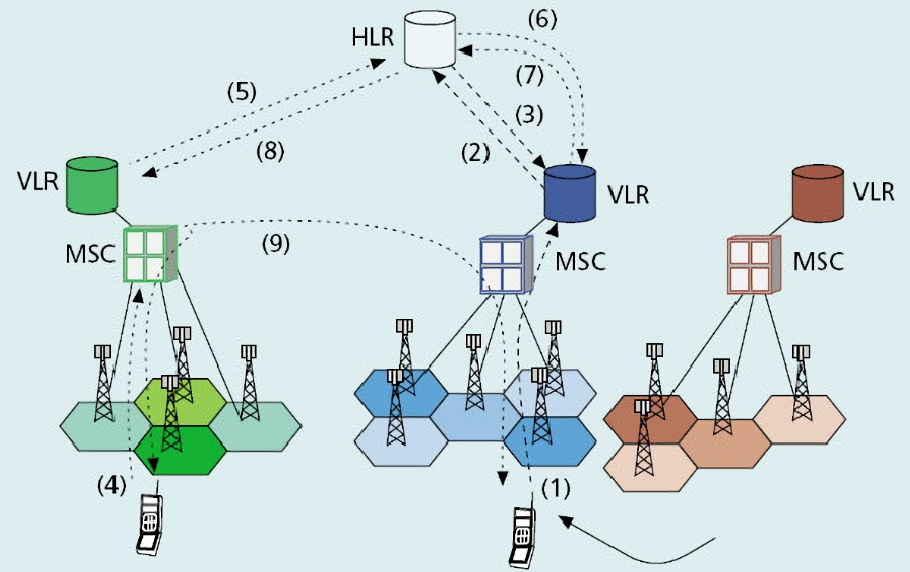IPQ4019/IPQ4029 router is used to develop TDMA under openwrt - Better performance and efficiency for wireless networks.
IPQ4019/IPQ4029 router is used to develop TDMA under openwrt - Better performance and efficiency for wireless networks.
TDMA (Time Division Multiple Access) is a widely used technology in wireless communications that allows multiple users to share a channel of the same frequency. In WiFi, TDMA technology can be used to improve the efficiency and capacity of the network.
The role of TDMA technology in WiFi networks and why many customers need it:
1. Improve network capacity: By dividing the time into multiple time slots, each device sends and receives data in its own time slot, avoiding conflicts and interference between devices. This increases the capacity of the network, allowing more devices to connect and transmit data at the same time, reducing network congestion.
2. Improve network efficiency: TDMA technology allows network administrators to allocate time slots according to the needs and priorities of devices. In this way, high-priority devices can get more time slots, thereby improving their data transfer rate and response time. Network resources are used more effectively and the overall network efficiency is improved.
3. Enhanced network security: With TDMA technology, network administrators can control network access more precisely. Data can only be sent and received within the allocated time slot, and unauthorized devices cannot access the network. This helps prevent unauthorized devices from invading the network and improves the security of the network.

Why do many projects need to develop TDMA on openwrt?
OpenWrt is an open source embedded operating system designed for routers and embedded devices, providing rich networking capabilities and flexible customization capabilities.
At present, the chip that supports openwrt is not many, so the choice is relatively less, of course, also depends on the needs of customer projects, currently fully support openwrt chip is Qualcomm IPQ4019/IPQ4029, its operability is a lot, even if it is WiFi5, but also more in line with the needs of customer projects, to win a larger market!
So what do we need to pay attention to when developing TDMA based on OpenWrt?
1. Hardware support: First, you need to make sure that the hardware device you choose supports TDMA technology. TDMA typically requires hardware support for functions such as time allocation and clock synchronization. Therefore, when selecting hardware devices, make sure that they have these features or can be customized accordingly.
2. Driver and kernel customization: OpenWrt provides flexible kernel and driver customization capabilities. You may need to modify or add drivers to support the functionality required by TDMA technology. This may involve making changes to the wireless chip's drivers or adding new drivers.
3. Time allocation algorithm: Developing a time allocation algorithm suitable for TDMA technology is the key. You need to design and implement an algorithm to ensure that each device sends and receives data within its allocated time slot. This may involve modifying the network protocol stack to accommodate the time allocation of TDMA technology.
4. Clock synchronization: In TDMA technology, clock synchronization is crucial. You need to develop a clock synchronization mechanism to ensure that the clocks of all devices stay in sync. This may involve using a time synchronization protocol (such as IEEE 1588) or other synchronization methods.
5. Testing and debugging: In the development process, adequate testing and debugging is essential. You need to verify the correctness, performance and stability of TDMA technology. This may include testing with simulators, real devices, and network testing tools.
In summary, developing TDMA based functionality on OpenWrt requires in-depth technical knowledge and development experience. However, OpenWrt offers a wealth of development tools and community support to help you with development and customization. With careful planning and implementation, you can implement TDMA based capabilities on OpenWrt and bring better performance and efficiency to your wireless network.
Wallys software technology advantages:
Wallys has 10 years of experience in software development and is very experienced in uboot, Linux, wifi protocol, wifi performance, OS and other systems. It mainly uses Qualcomm chips to develop important software such as drivers and kernels, and has the ability to modify and compile to meet customers' different wifi functional requirements. Meanwhile, it participates in openwrt organization and code development. wifi5 product DR40x9 has been officially supported by openwrt.
Hardware technology advantages:
We have a strong hardware design team, and experienced people know that the most difficult part of hardware design is RF circuit design, baseband, etc., while wallys team made 0 error to achieve signal integrity, such as frequency conversion of network card, from 2.4G to 900M, which is a technological breakthrough.
Clients: TIP,Facebook, Openwrt, etc
Email:sales@wallystech.com
WEB:https://www.wallystech.com/
*博客内容为网友个人发布,仅代表博主个人观点,如有侵权请联系工作人员删除。
